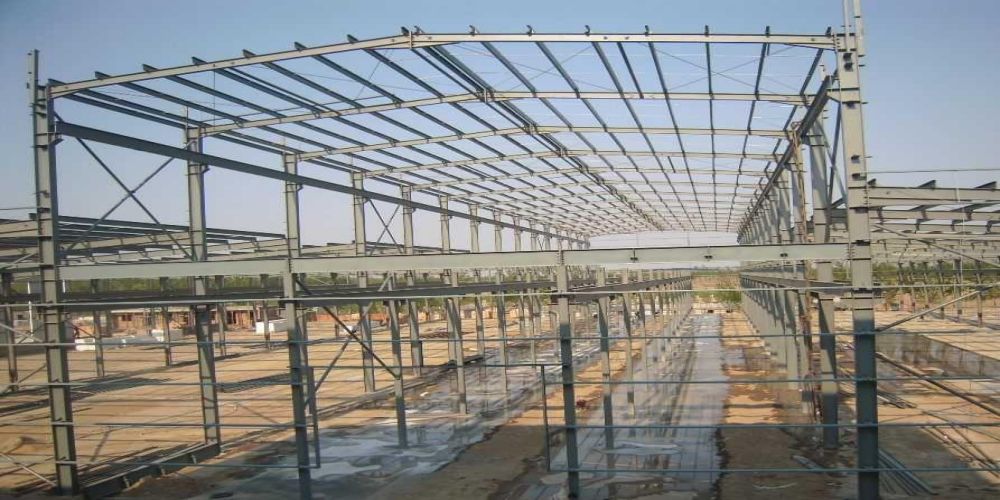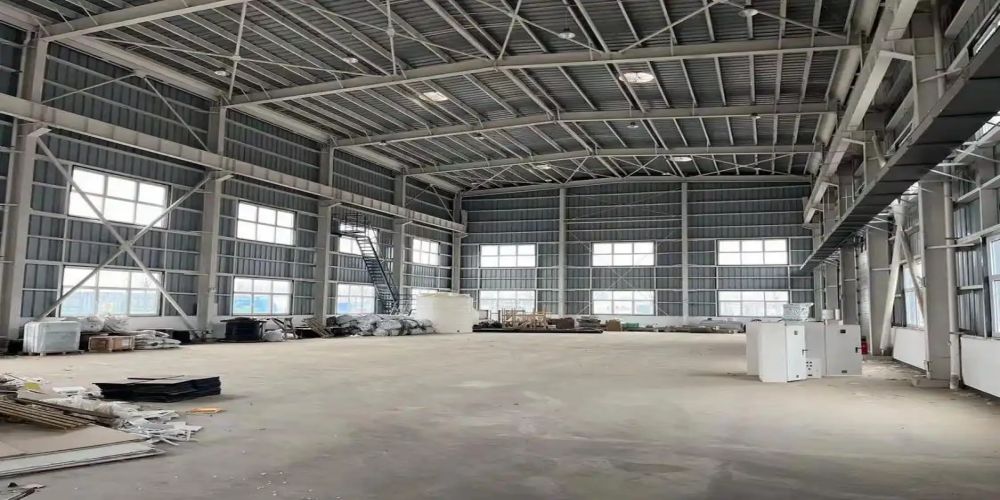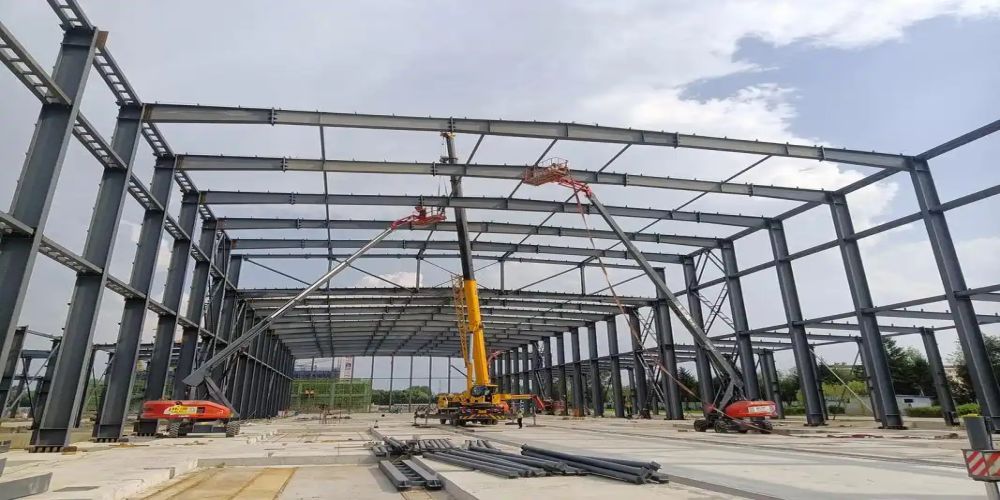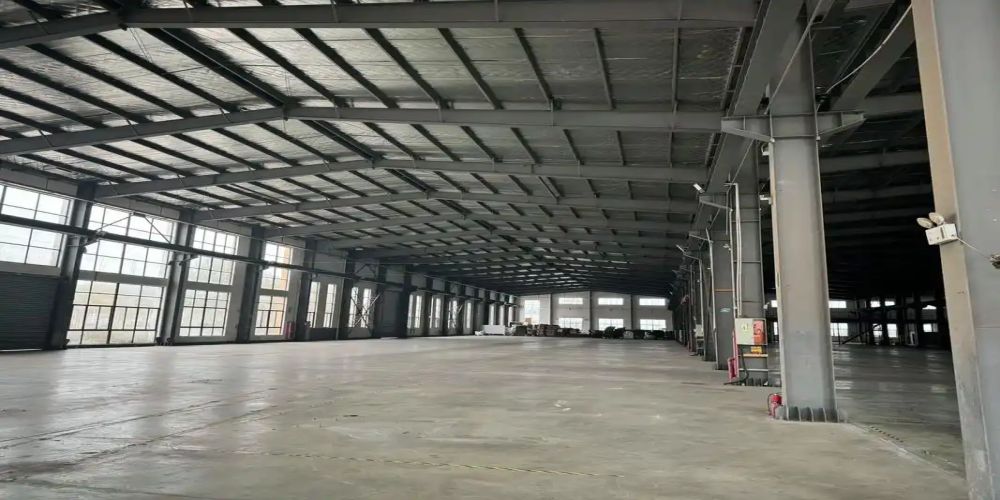Characteristics and performance of bolted welding?
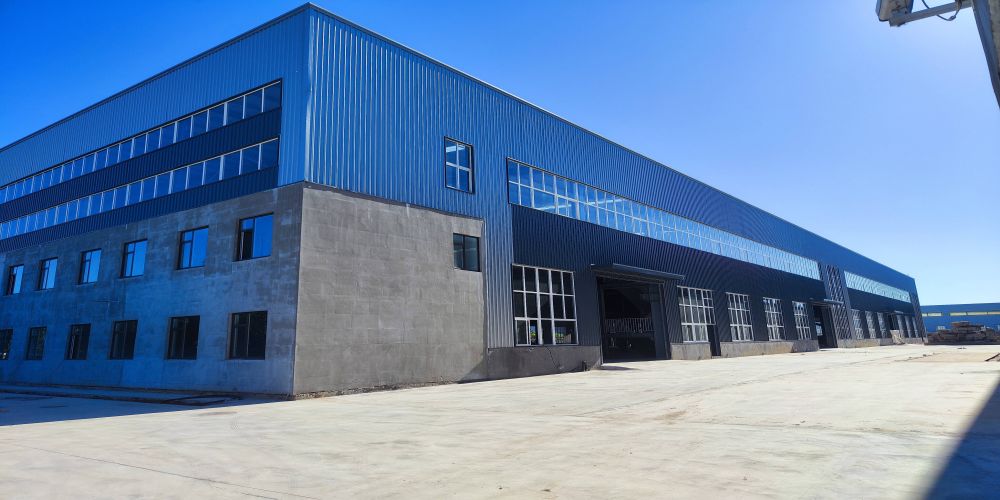
Steel structures are usually connected in one place by only one type of connection, i.e. either welding, riveting or bolting.However, there are occasions when a mixture of the two means of connection is used, e.g. a mixture of bolted or riveted connections.The deformation capacity of a weld is not as high as that of a bolted connection, and the ultimate deformation of a side fillet weld is approximately equivalent to the deformation at the end of the slide of a high-tensile bolted connection with pre-tension.Therefore, when welding and high-strength bolts are used together, the ultimate load that the connection can withstand is approximately equivalent to the ultimate load of the welding plus the anti-slip load of the bolted connection.From this it is clear that it is inappropriate to use ordinary bolts and welds on the same shear surface. On the other hand, the ductility of frontal fillet welds is very low and should not be shared with high-strength bolts.Welds and high-strength bolts can work well together when subjected to static loads, but not when subjected to repetitive loads that produce fatigue effects.The fatigue life of a hybrid connection is similar to that of a weld-only connection.There is also a problem of construction procedure when welds and high-tensile bolts are shared.If the weld is applied first and then the bolts are .If the bolts are tightened after welding, there is a risk of gaps between the plates due to weld distortion, and the required pre-tension is not easily achieved when tightening.If the bolt is tightened first and then welded, the high temperature may make the bolt pre-tension drop.Reasonable way is to screw the bolt to 60 per cent of the designed pre-tension, and then weld, weld the bolt after final screwing.

